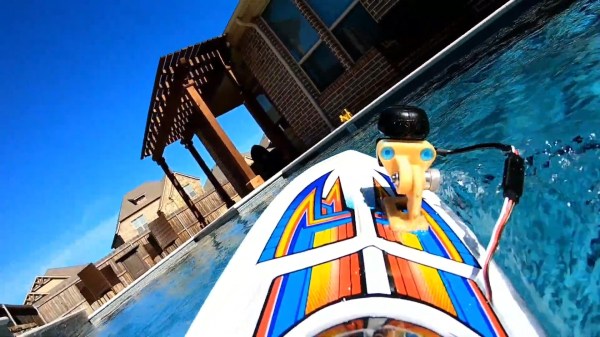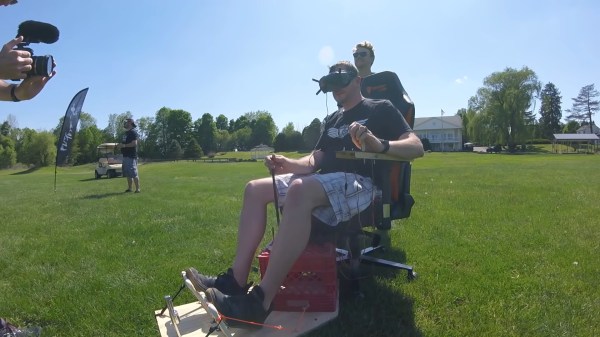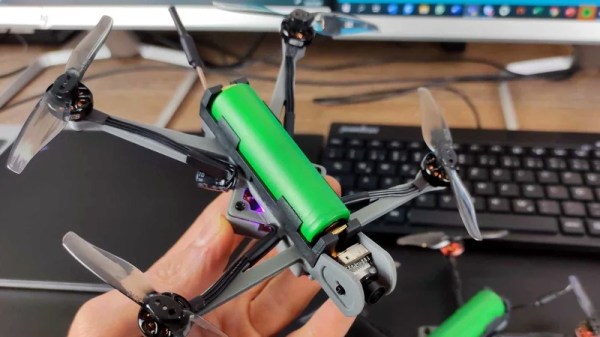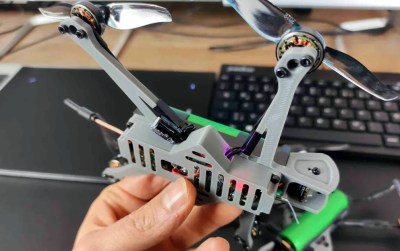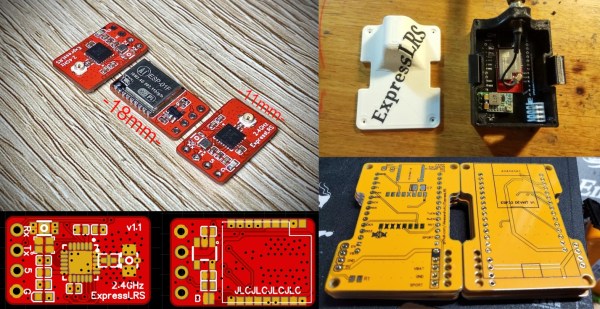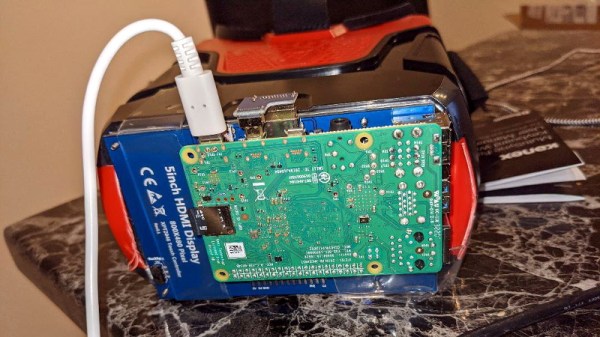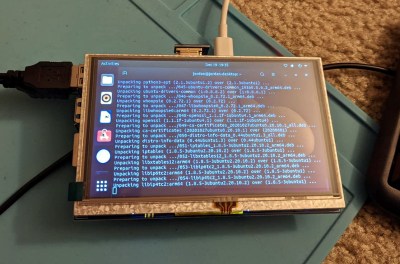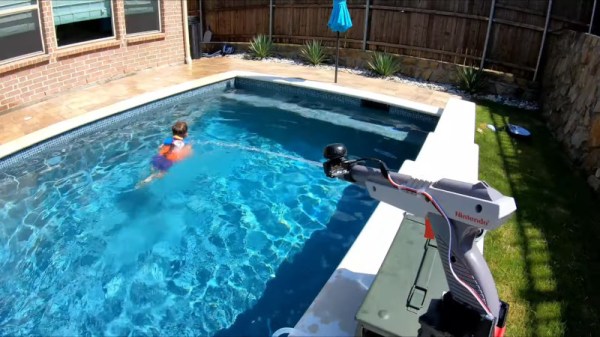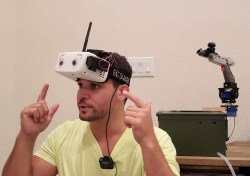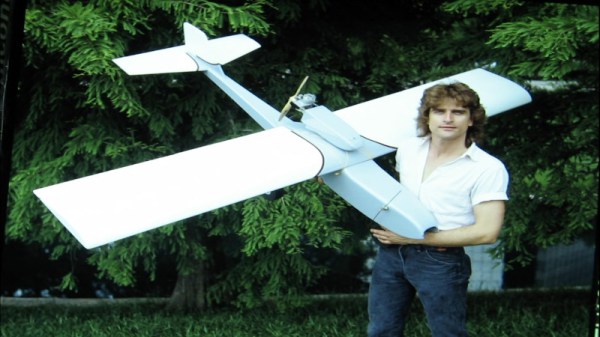First-person view technology has become hugely popular in the RC community, letting the user get a vantage point as though they were actually within their tiny scale vehicle. It can be difficult to get a good, clean video feed though, particularly in models that have a lot of drivetrain vibration. [Engineering After Hours] decided to tackle this problem with a simple vibration isolator design. (Video, embedded below.)
The first step is to analyse the vibration to get an idea of the frequencies that are most important to target. WIth that done, a simple 3D printed camera mount is designed with three flexible joints between the camera and the base which is rigidly coupled to the RC boat or car’s body. The modal analysis tools in Fusion 360 were used to get a rough idea of the frequency response of the system, helping to get things in the ballpark with a minimum of fuss.
The final design does help cut down on vibrations, though it is unable to counteract heavy vibration from driving on extremely rough surfaces. In these cases, [Engineering After Hours] recommends the use of a gimbal instead. Proper damping can be a godsend in many applications; bricks can make a huge difference for your 3D printer, for example.
Continue reading “Vibration Isolation Helps Improve FPV Video Feed”

